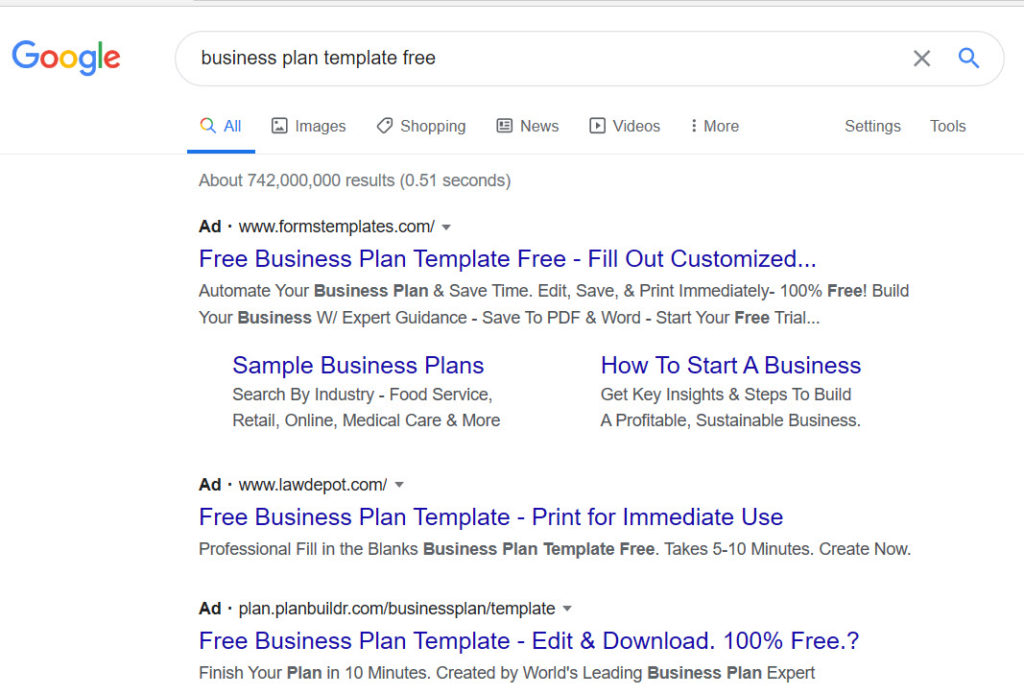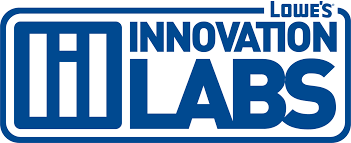Working From Home.
A lot has been written about working from home since the pandemic began. So much so, that it now has its own acronym WFH. We’ll as a brand planner, working from home is a poor substitute for working at large. I, too, sit at my compute most of the day like many WFHers. We gather our information from screens, organize it and package it for use, guidance or sales. But the brand planner in me looses alacrity staring at videos, reports, and even live talking heads, out of context.
I need fresh air. I need to see and study people in situ. Observation of behavior is best done not in a chair in your home.
The definition of noun is a “person, place or thing.” These are best experienced in person.
And definition of verb is an “action, state, or occurrence.” Again, best experienced in person.
Working from home for the brand planner dulls the senses. Working from home may be more comfortable but it’s less conducive to what Faris (need I say Yakob?) would call recombinant thought.
Get yourself out of the home as quickly as you can and back into the business jungle. Safely. With a mask, But git!
Peace.






